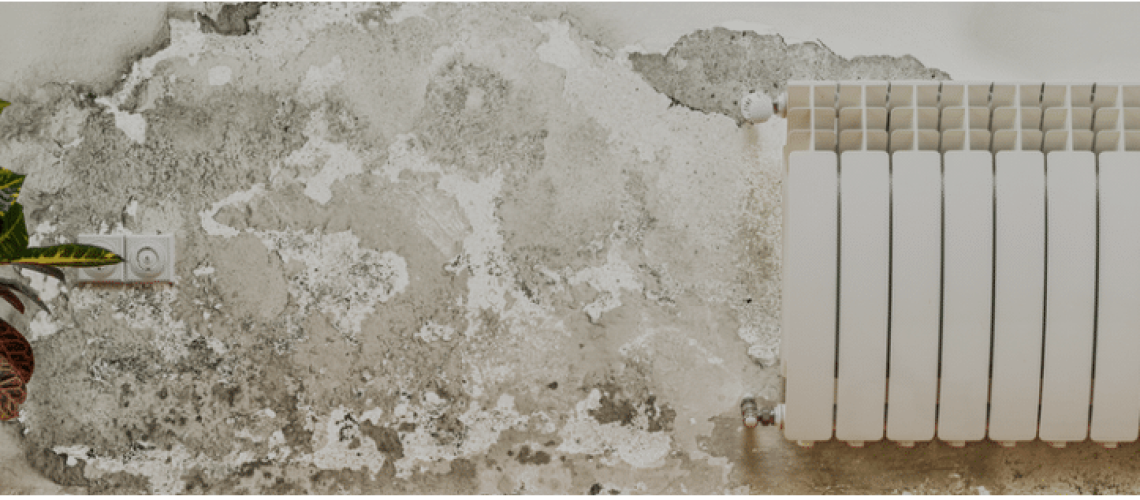July 27th, 2020
Mold commonly appears in places with a lot of excess moisture like basements, bathrooms, and kitchens. Although many people are diligent about protecting these areas in their home from mold, there’s one area that is often overlooked. The roof of your home is a mold hotspot. Attics and roofs are warm from the sun and the internal heat rising. They’re often moist from trapping humidity and the water vapor from inside your home. With these two key factors, your roof may end up being an ideal climate for mold growth. Here are some tips to help you protect your roof from mold and attic space from developing mold.
Ensure Proper Drainage
Proper roof drainage is important for the overall protection of the home from mold, rot, and other forms of water damage. Make sure to clear your gutters routinely. It’s a good idea to clear them at least twice a year. Once in the Spring and once in the Fall. You want to make sure that you remove all debris and organic matter that has built up in the roof. If clearing the gutters is difficult for you, consider investing in gutter guards that protect against the build-up of materials but still encourage water flow. Also, check your flashing to make sure that it’s in good condition and protecting the seams of your roof. If it is damaged, contact a roofing company to repair the issue. Finally, make sure the water is draining away from your home by positioning your downspouts and adding extensions if needed.
Get A Dehumidifier
A dehumidifier is a great investment to protect your home from mold, especially when dealing with the humidity in the summer months. Dehumidifiers are relatively affordable, you can get a basic whole-home humidifier for around $200-300. Dehumidifiers cycle the air and trap and moisture. This can help reduce the moisture in the air and prevent the conditions for mold growth. They make dehumidifiers specifically for attics that can help if your home is especially prone to the build-up of moisture near the roof.
Ensure Proper Roof Ventilation
Roof ventilation is essential to the overall health of your home. It can help moderate the temperature, reducing heat from building up. It also helps reduce moisture build up in your attic. Implementing an effective roof ventilation system is a pretty complicated process, but it can be done with the right strategy. Your roof ventilation should have both an attic venting system and a roof deck venting system for proper airflow and moisture reduction.
These tips will help protect and prevent the growth of mold in your roof. However, sometimes even the most careful homeowners still find themselves facing a mold problem. That’s when the experts at Meridian Foundation Repair and Waterproofing can help. We’ll assess your entire home, identify the areas where you are most at risk for mold, and remediate any mold that exists. We’ll also put together a mold prevention strategy and make sure that your home is safe. Give us a call to learn more.


